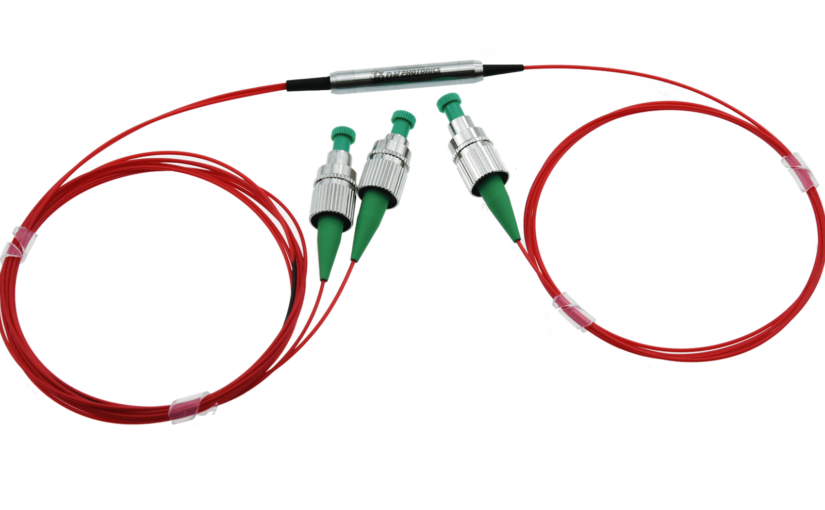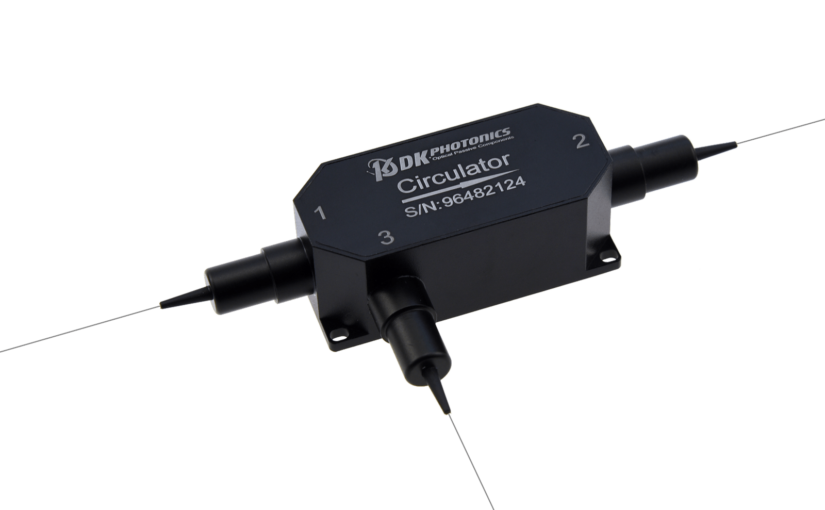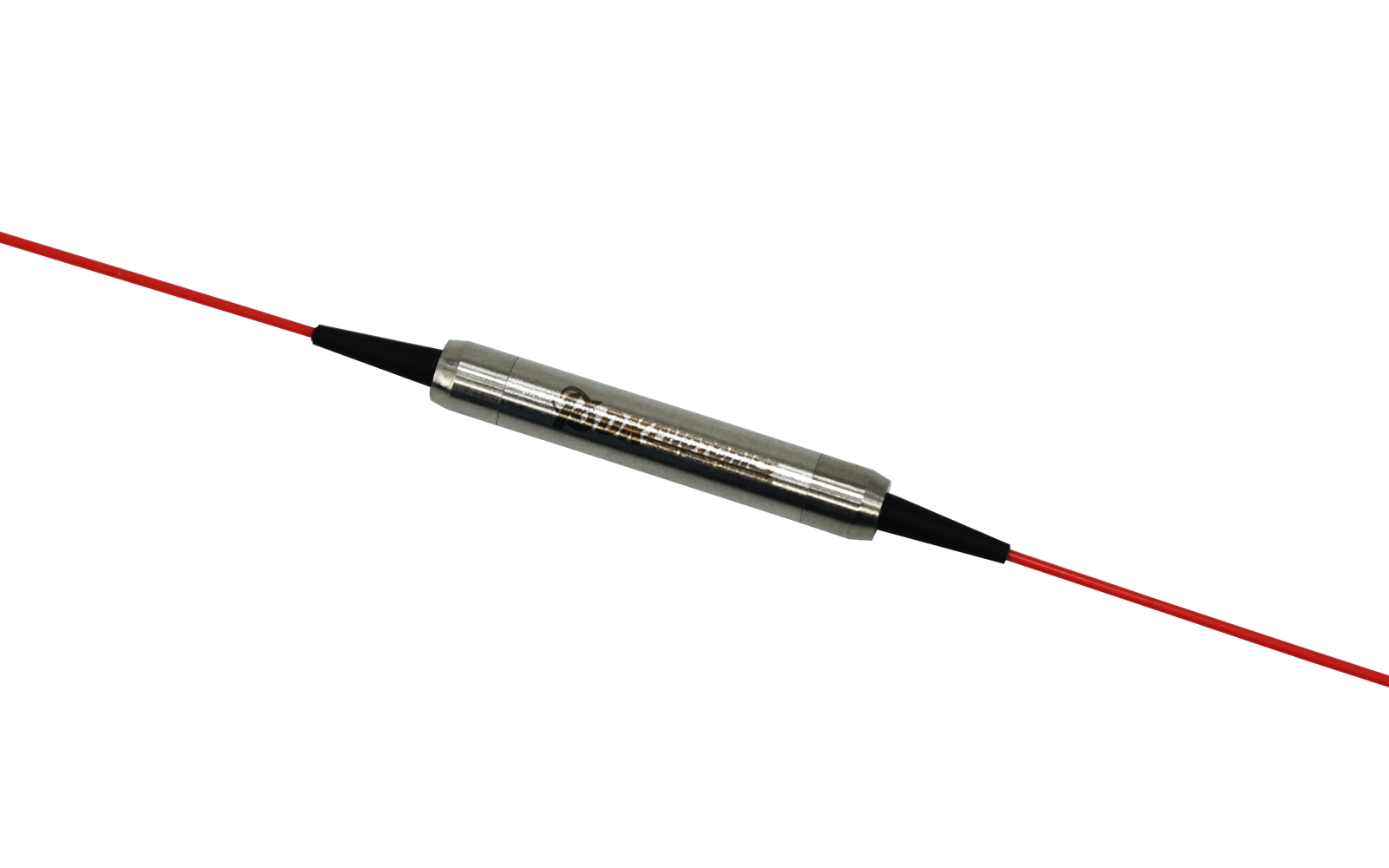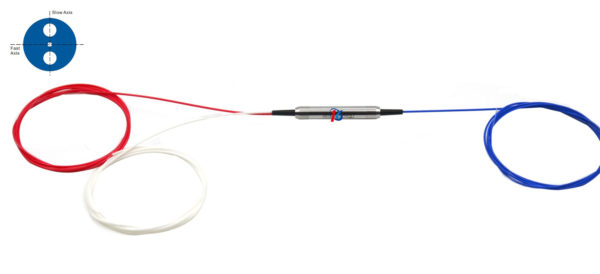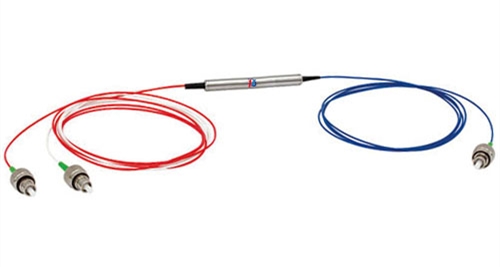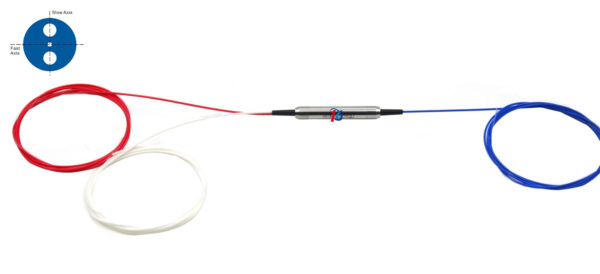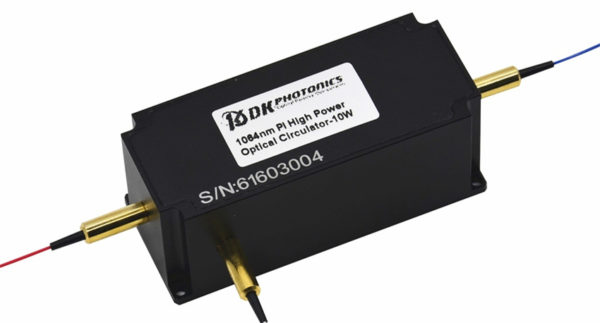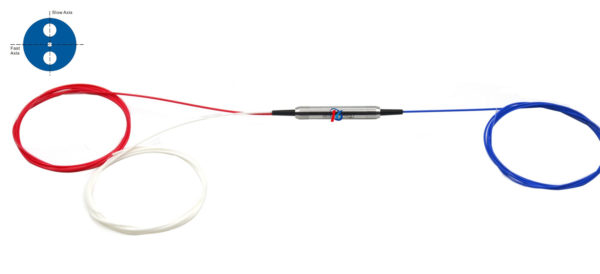Polarization maintaining (PM) optical circulators are key components in fiber optic networks and instruments. This guide provides an overview of PM optical circulators, their features, and applications.
What are PM Optical Circulators?
A PM optical circulator is a small fiber optic device that directs light signals from one port to the next in only one direction.
Light entering Port 1 exits from Port 2. Light entering Port 2 is directed to Port 3. The circulator blocks light from traveling in the reverse directions.
PM circulators maintain the polarization of light signals passing through them. This makes them ideal for use with other PM fiber components.
Key Features of Polarization Maintaining Optical Circulator
PM optical circulators come with the following features:
- Compact size
- High channel isolation – signals stay isolated in directed ports
- Low insertion loss – minimal signal loss through device
- High extinction ratio – low crosstalk between ports
- High stability and reliability
They are available with various connector types like FC/PC, FC/APC, and no connectors. Center wavelength options include 2000nm, 2050nm, 1940nm, 1550nm, 1310nm, 1064nm, 10130nm, and more.
Applications
Common uses of PM optical circulators include:
DWDM Networks
Circulators allow individual channels to be dropped/added from dense wavelength division multiplexing (DWDM) networks.
Fiber Amplifiers
They enable bidirectional flow in erbium-doped fiber amplifiers and fiber lasers.
Fiber Sensors
Circulators route light to and from fiber Bragg grating (FBG) sensors.
Test Equipment
Used to route signals in optical test setups and instrumentation.
Coherent Detection
Support bidirectional transmission in coherent fiber optic communication.
How Polarization Maintaining Optical Circulators Work
PM optical circulators use a non-reciprocal property, meaning light traveling in one direction experiences a different effect than light going the reverse way.
This breaks the symmetry of the ports, allowing light to pass from ports 1 to 2, but not 2 to 1. Isolation between ports is crucial for proper circulator function.
Proper alignment of the fiber ports and internal components gives the desired circulation. The non-reciprocal property is typically achieved using a Faraday rotator crystal.
PM optical circulators provide key routing capabilities for fiber networks and instruments. Their non-reciprocal design, polarization maintaining properties, and bidirectional light control make them an essential component in many photonics applications.
Advancements in PM Optical Circulator Technology
With ongoing research and development, PM Optical Circulator manufacturers are introducing new features and capabilities to meet the evolving demands of the industry. Enhanced designs and materials can lead to higher polarization extinction ratios, ensuring minimal polarization crosstalk and maintaining signal integrity in demanding optical systems.
Developments in packaging and integration enable greater flexibility in system design and deployment. Compact form factors and compatibility with a wide range of connector types facilitate seamless integration into various optical setups and systems.
